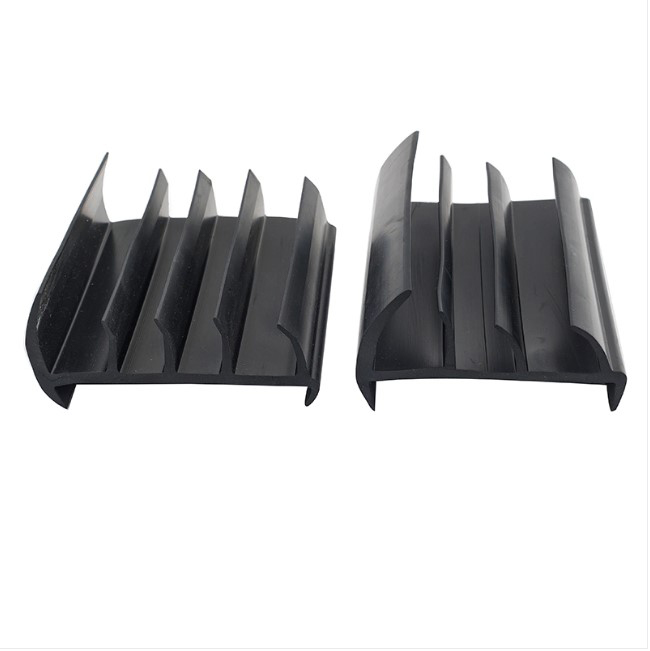classic car windscreen rubber seals
Understanding Classic Car Windscreen Rubber Seals Importance and Maintenance
When it comes to classic cars, every component plays a crucial role in maintaining the vehicle's aesthetic and functional integrity. One such component is the windscreen rubber seal. Often overlooked, these seals are essential for keeping the cockpit dry, protecting the interior from elements, and ensuring the longevity of the vehicle's structure. In this article, we will delve into the importance of windscreen rubber seals for classic cars and provide tips on their maintenance and replacement.
The Role of Windscreen Rubber Seals
Windscreen rubber seals, also known as windshield gaskets or seals, are the rubber components that fit around the edges of the windscreen (or windshield) in a vehicle. Their primary functions are to create a waterproof barrier, absorb vibrations, and hold the glass in place. This is particularly important for classic cars, which are often more susceptible to leaks and rust due to their age and unique design.
1. Waterproofing The primary function of these rubber seals is to prevent water from entering the vehicle. Rain and moisture can lead to mold, mildew, and rust, causing extensive damage to the interior and frame. A well-fitted seal ensures that water is directed away from the glass and towards drainage systems.
2. Sound and Vibration Dampening Rubber seals help in minimizing noise from outside and absorb vibrations from the road, providing a quieter and more comfortable ride. This is especially critical in classic cars, which may not have the same sound insulation technology as modern vehicles.
3. Safety and Structural Integrity Windscreen seals play a vital role in keeping the windscreen securely fastened to the body of the car. In the event of an accident, a properly sealed windscreen can help maintain the structural integrity of the vehicle, reducing the risk of the roof collapsing.
Signs of Worn or Damaged Seals
Over time, rubber seals can degrade due to exposure to UV rays, temperature fluctuations, and contaminants. Here are some signs that your classic car's windscreen seals may be worn or damaged
classic car windscreen rubber seals

- Cracks and Tears Visual damage like cracks or tears in the rubber can lead to leaks and should be addressed immediately. - Water Leaks If you notice water pooling inside the car after a rain, it could indicate a failed seal. - Wind Noise Increased wind noise while driving may signify that the seals are no longer effective at dampening sound. - Interior Damage Stains, mold, or rust within the cockpit area often point to issues with windscreen seals.
Maintenance Tips
Maintaining the rubber seals in a classic car is essential for preventing leaks and preserving the vehicle's condition. Here are some maintenance tips to keep in mind
1. Regular Inspection Check the windscreen rubber seals regularly for signs of wear and tear. Pay special attention to the corners and edges where damage is most likely to occur.
2. Cleaning Use a gentle soap solution to clean the seals. Avoid harsh chemicals that can degrade rubber over time. Follow up with a silicone spray or rubber conditioner to keep the material supple and prevent cracking.
3. Prompt Repairs If you notice any damage, it is best to repair or replace the seals promptly. This will help minimize the risk of moisture intrusion and associated damage.
4. Professional Help If you are unsure about the condition of your seals or how to replace them, consider consulting a professional. They can assess the seals and provide guidance on the best course of action.
Conclusion
Windscreen rubber seals may not be the most glamorous feature of a classic car, but their importance cannot be understated. By understanding their role and maintaining them properly, classic car enthusiasts can protect their investments and ensure a comfortable and safe driving experience. Regular inspections and timely replacements will preserve the integrity and beauty of these timeless vehicles for years to come.
Share
-
The Best Lubricants for Aluminum Roller GuidesNewsJul.23,2025
-
Slitting Machine Applications in the Packaging IndustryNewsJul.23,2025
-
Rolling Roller Balancing Techniques for Smooth OperationNewsJul.23,2025
-
How To Optimize An EV Battery Assembly LineNewsJul.23,2025
-
Energy Efficiency in Modern Battery Formation EquipmentNewsJul.23,2025
-
Automation Trends in Pouch Cell Assembly EquipmentNewsJul.23,2025







